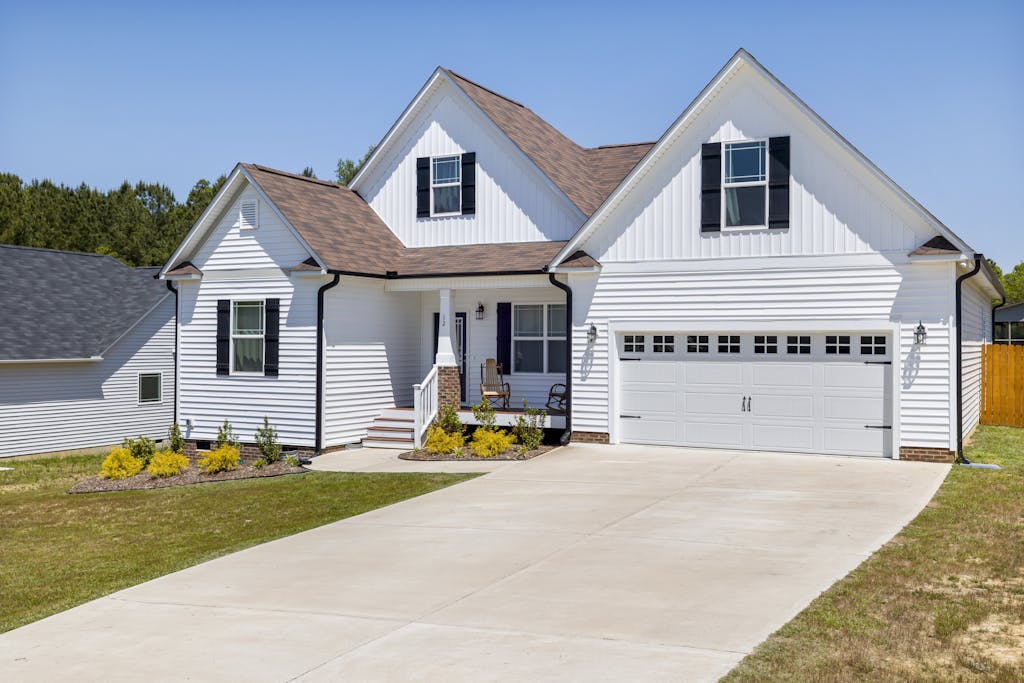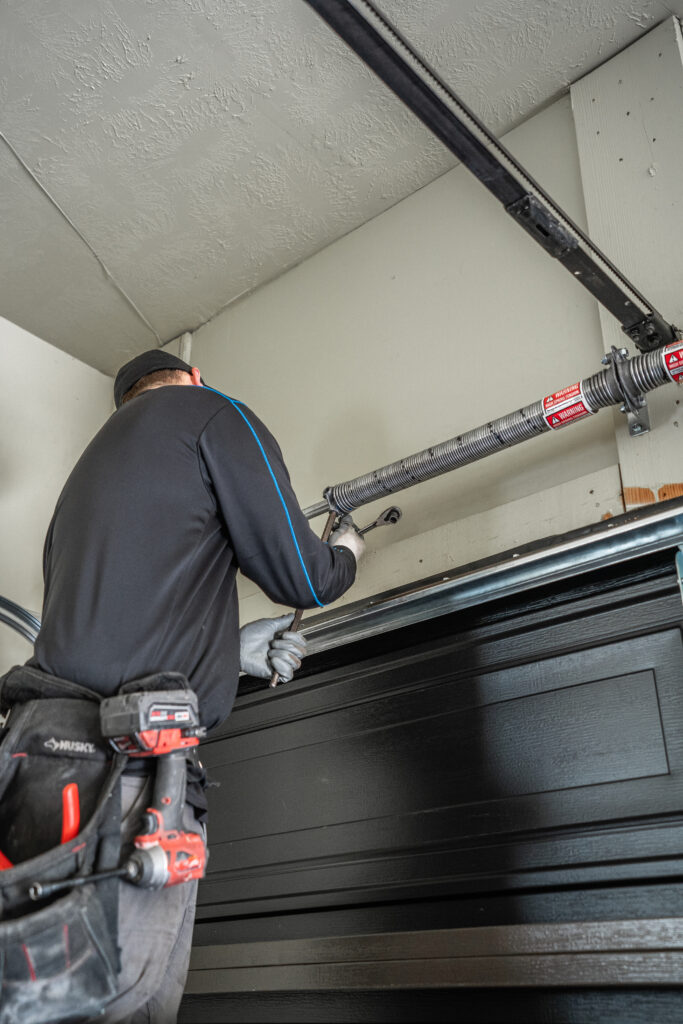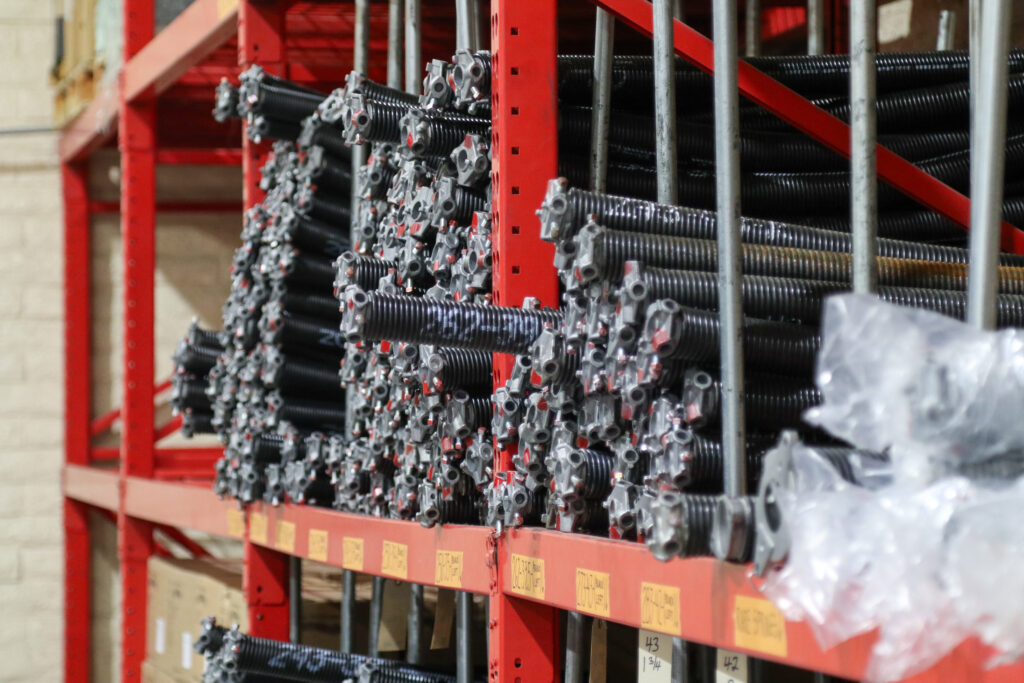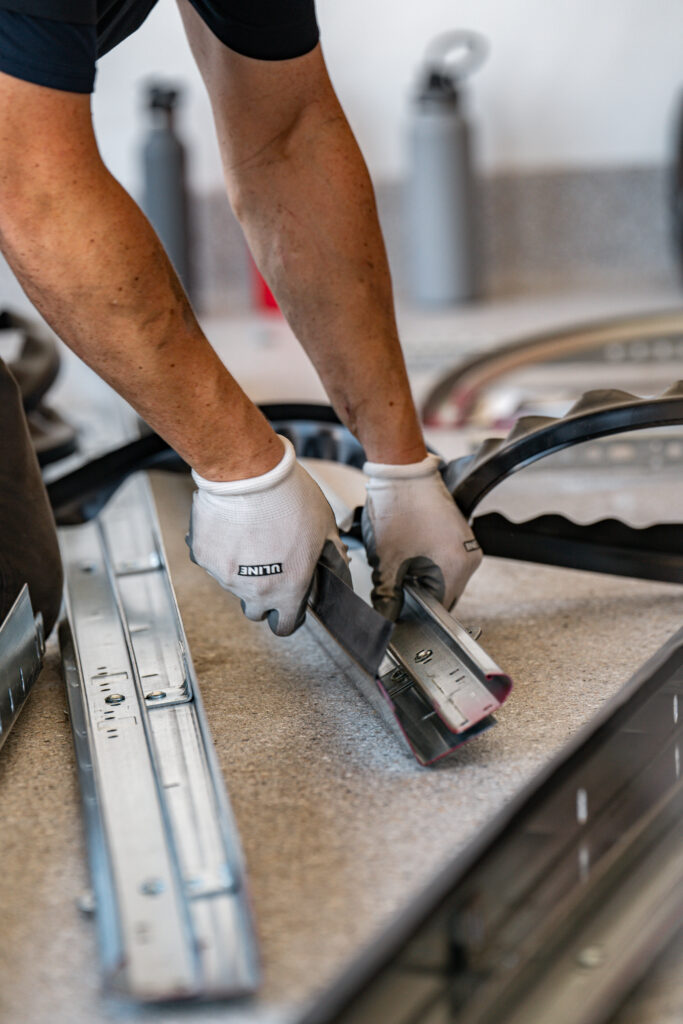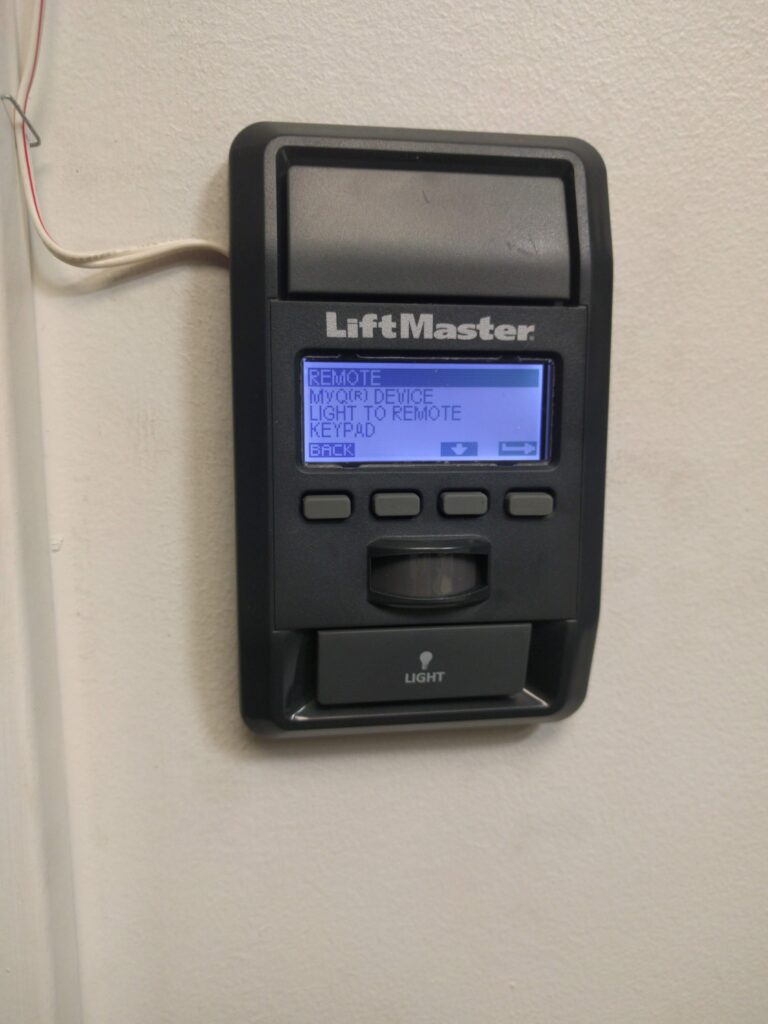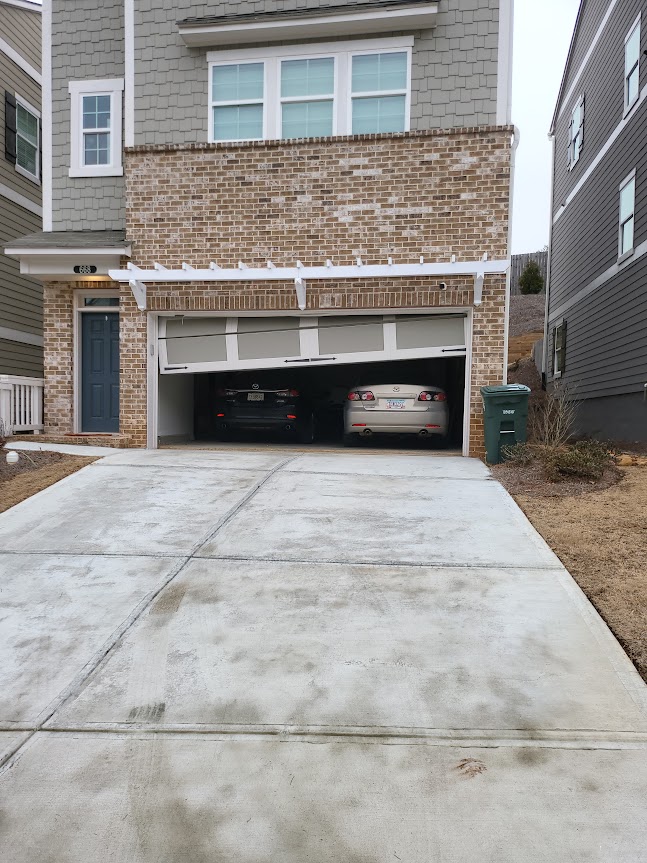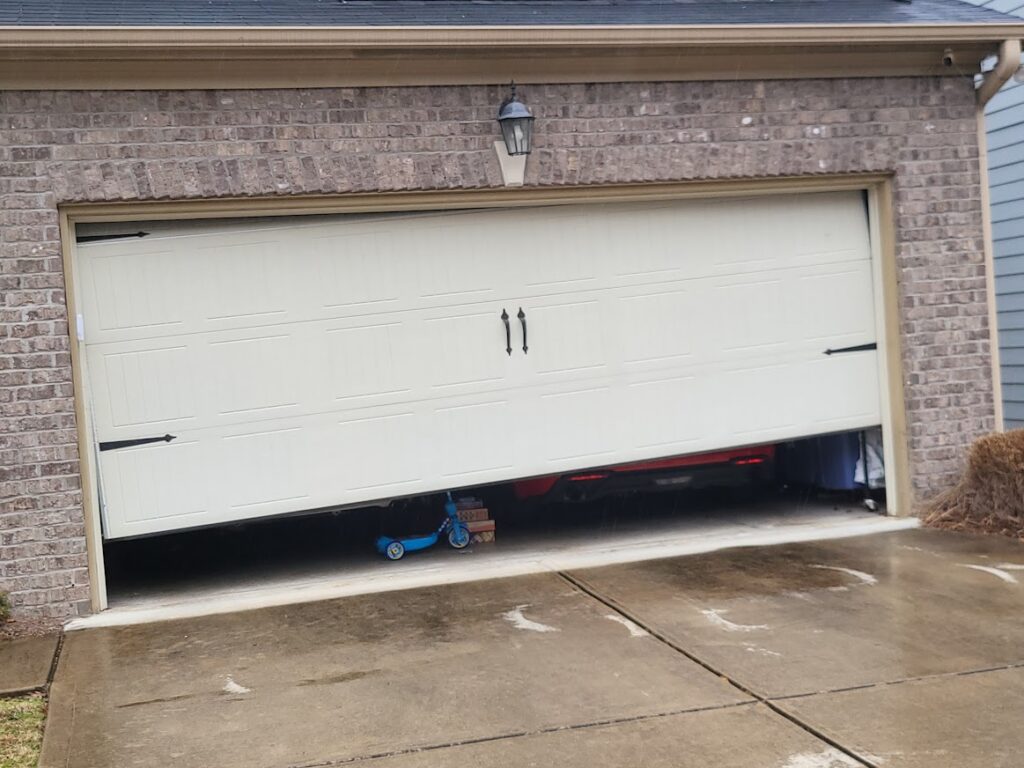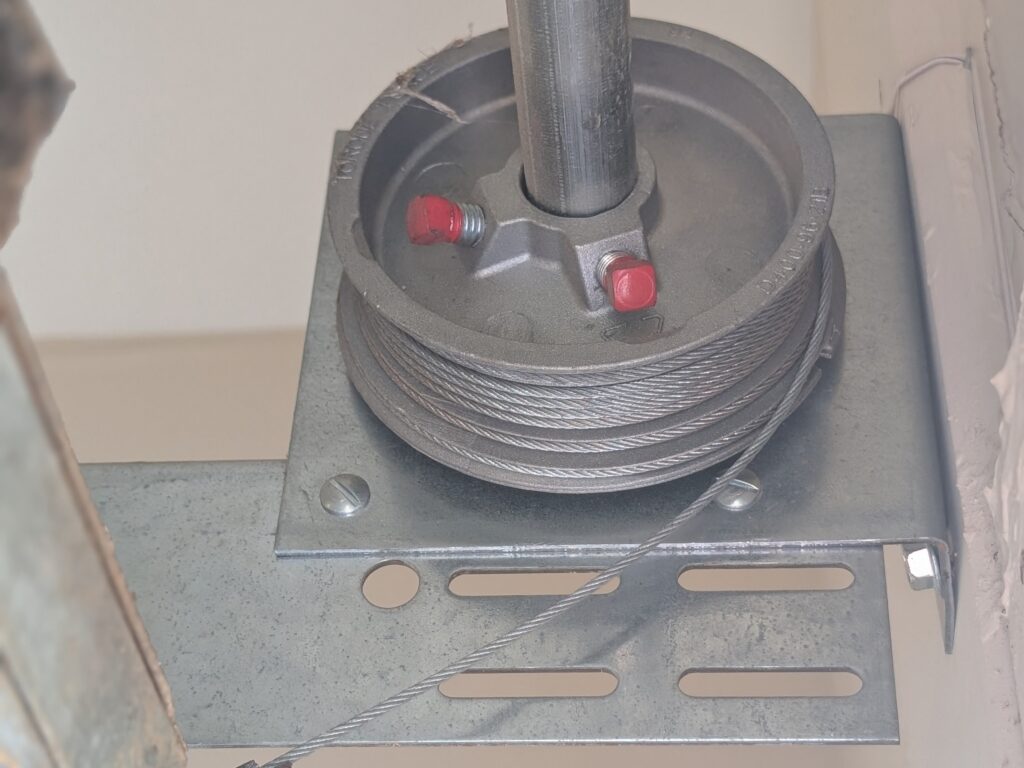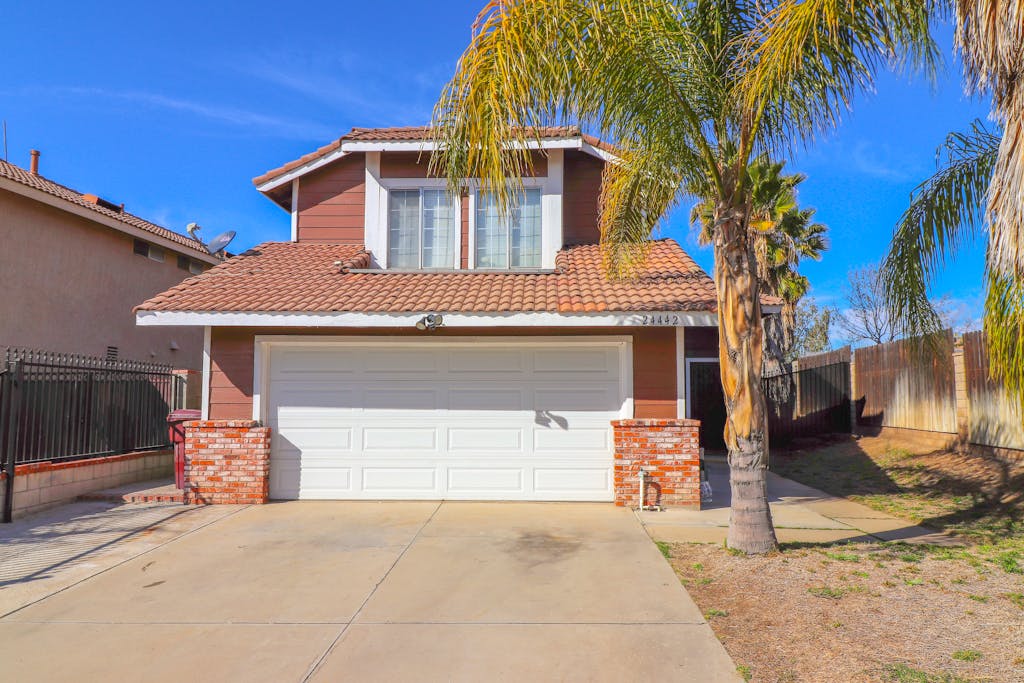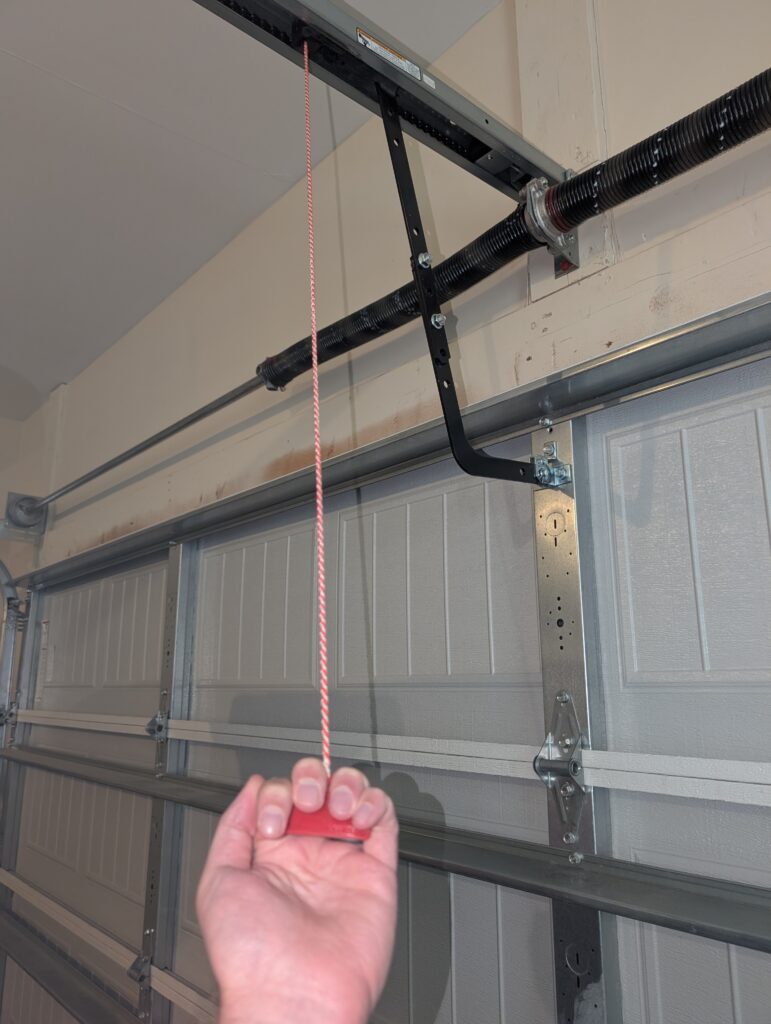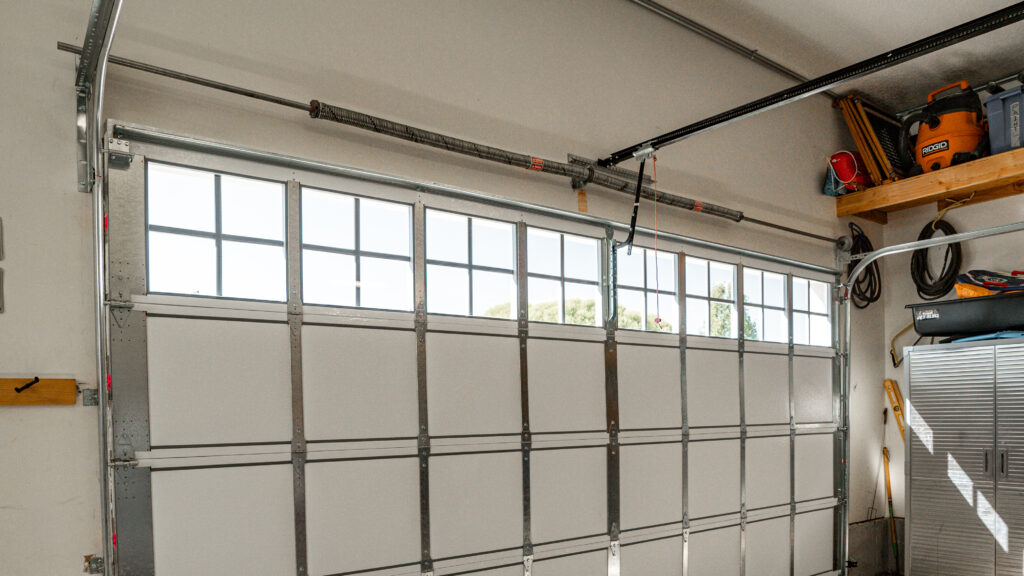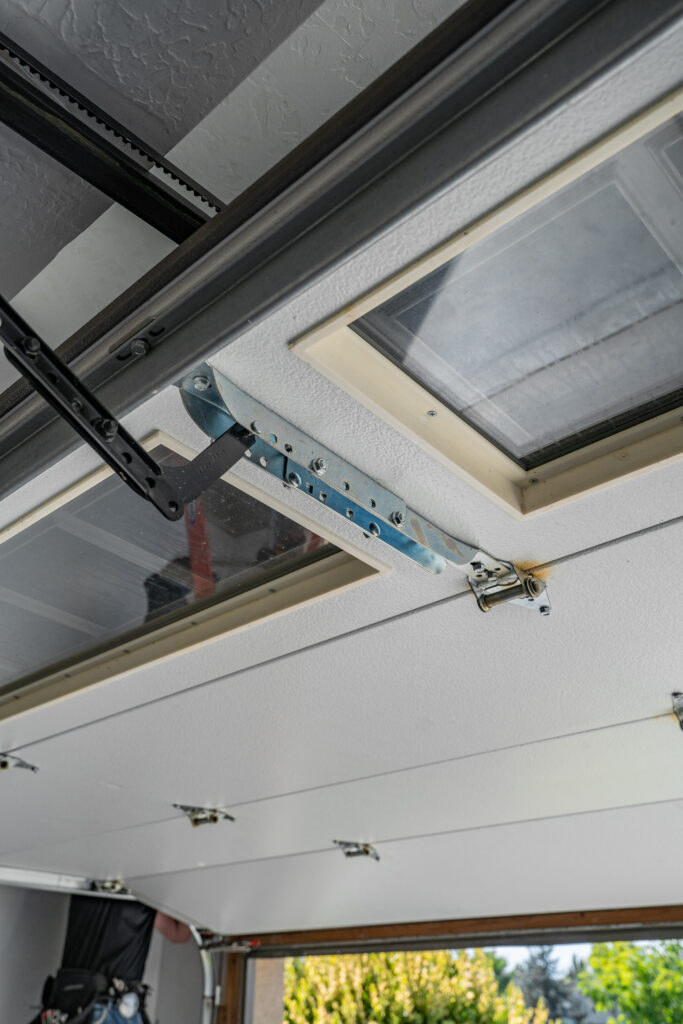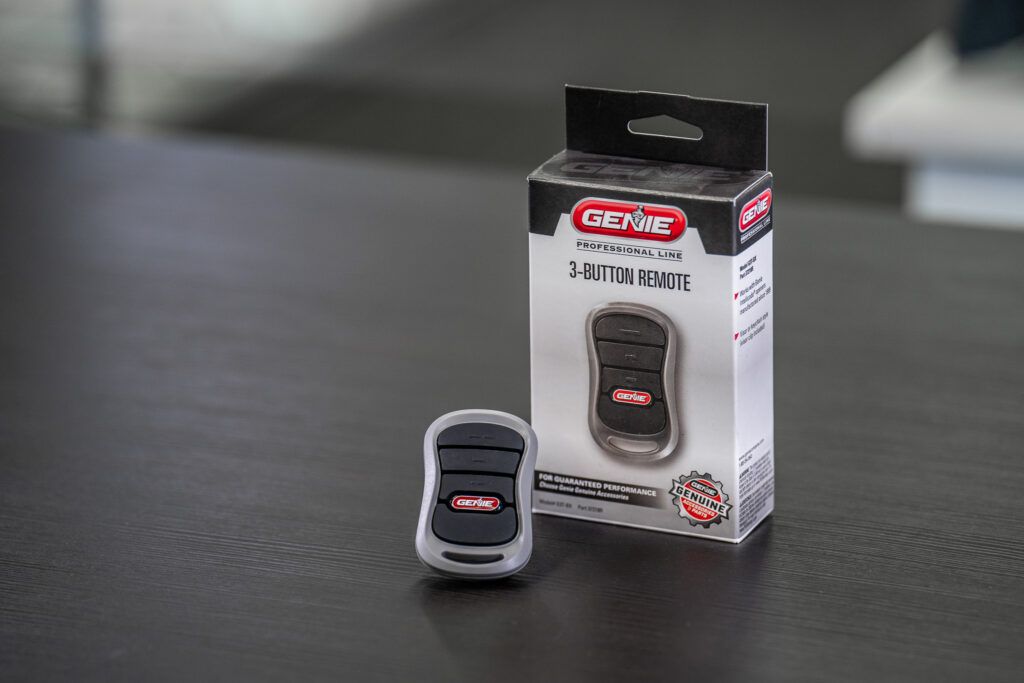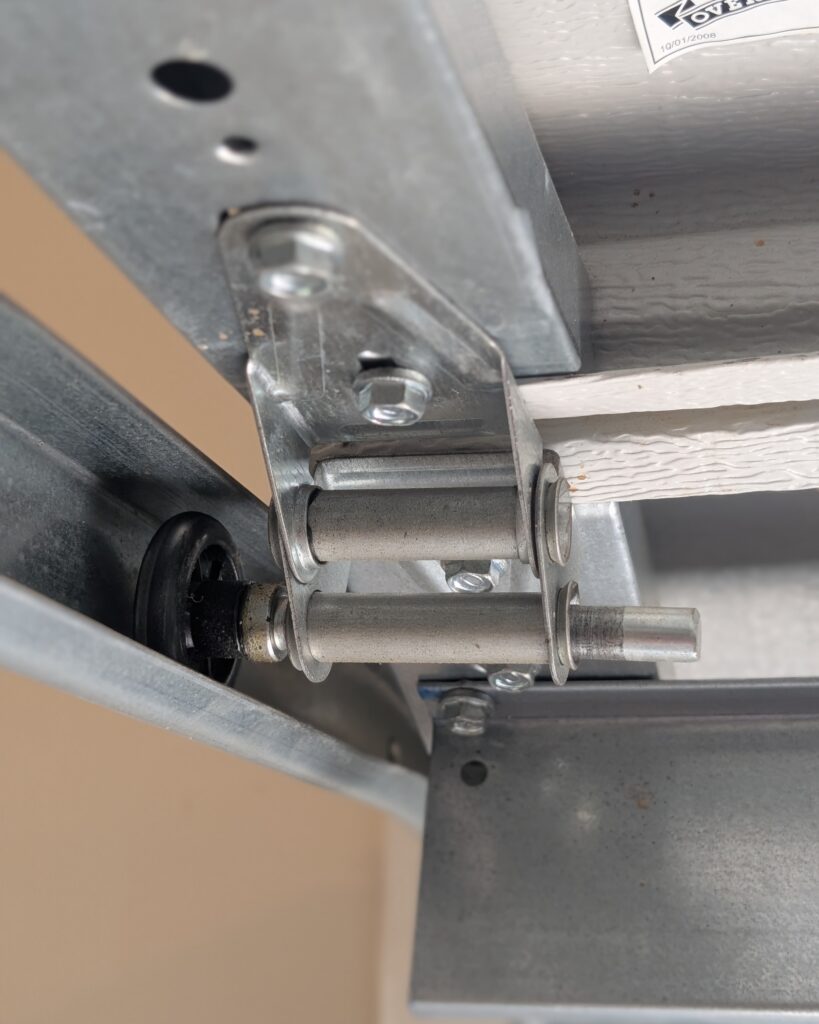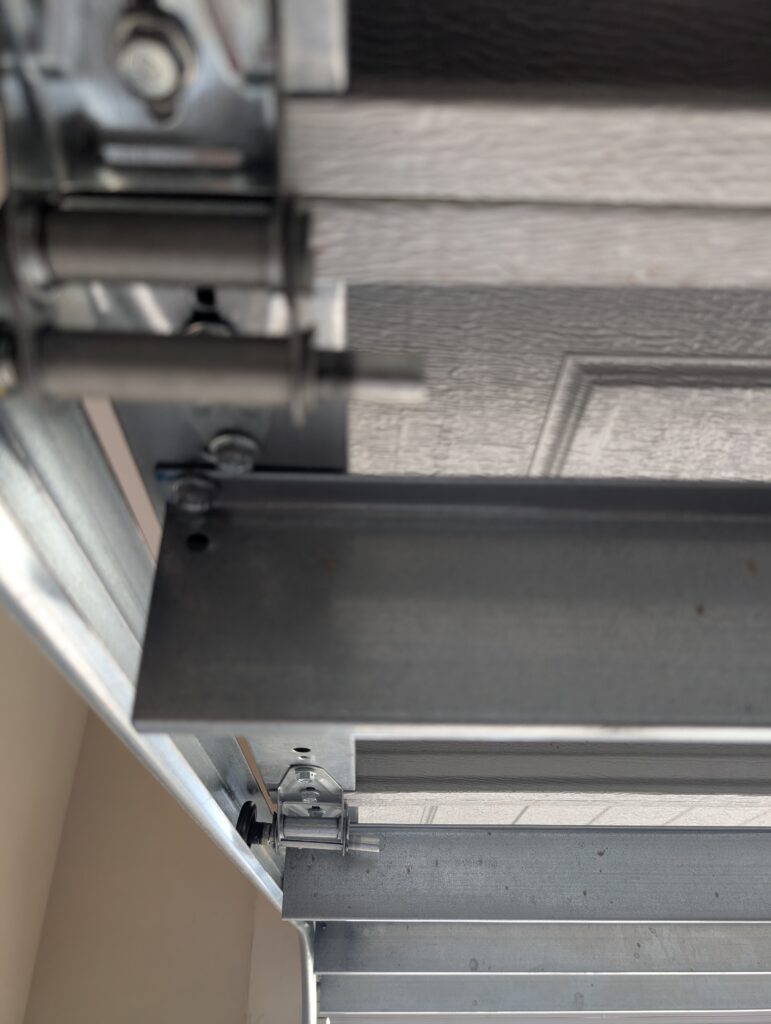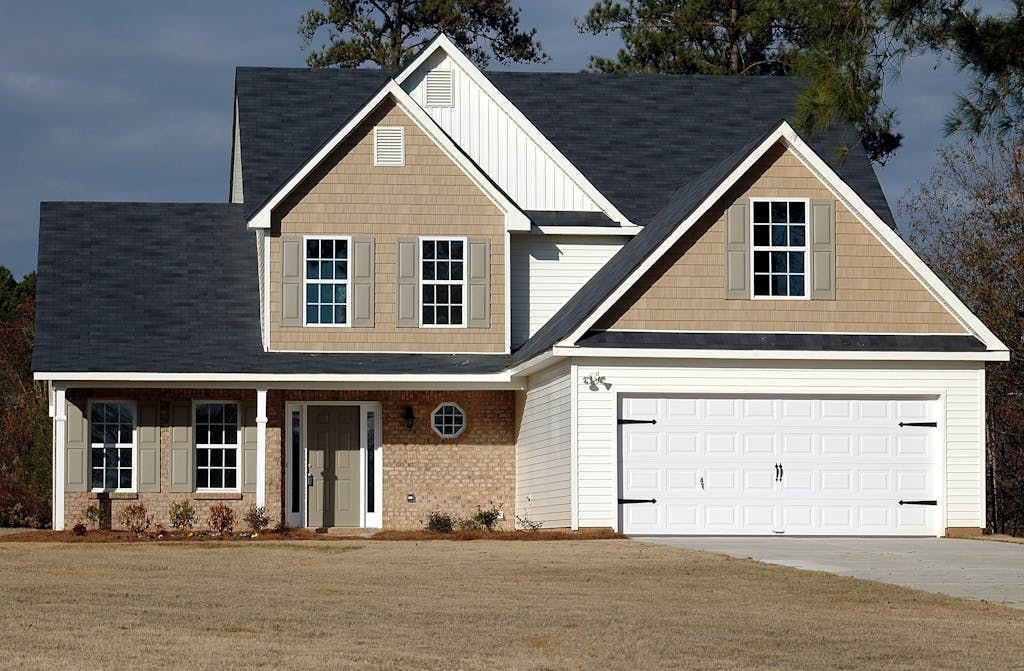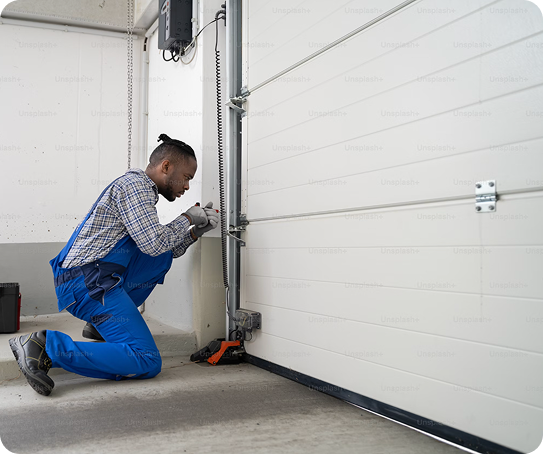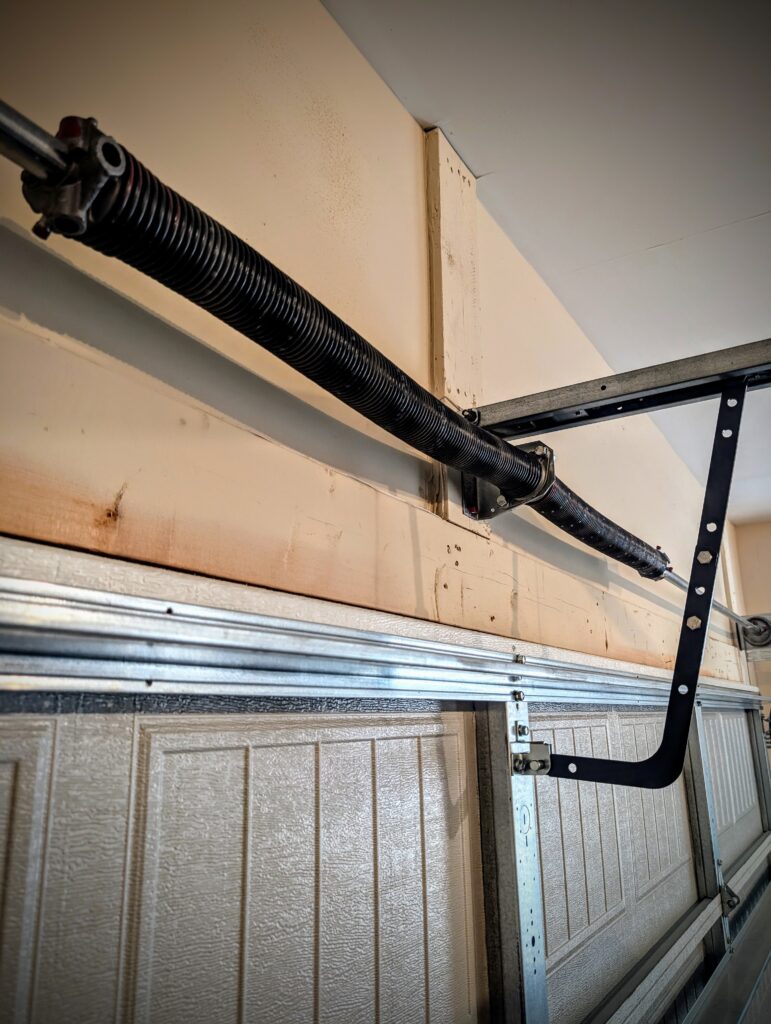Garage Door Extension Springs
Learn everything you need to know about garage door extension springs – from how they work and when to replace them to important safety considerations and professional installation options.
By: Sean Donnelly | Published: May 21, 2025
Find Garage Door Repair Services
Get a fast & free quote | Schedule your service today
Extension springs are a lower cost option when compared to torsion springs. These attach at either end to your track hanging hardware and to a cable from your door. Most extension springs have a safety cable strung through them to help prevent injuries if they give way.
Being fully informed about the function and proper operation of your garage door springs can help you to navigate any DIY maintenance or repairs. We’ve outlined all of the basics of extension springs here. We at Garage.com are committed to ensuring your safety when attempting any home maintenance and to recommending the top garage door pros near you. Read here to learn more.
What Are Garage Door Extension Springs and How Do They Work?
Extension springs and garage door springs of any type work in tandem with your garage door opener to easily lift and safely lower your doors. Unlike torsion springs, extension springs are side-mounted to your track brackets and to a hanging wheel or spool that winds the garage door cable.
These springs come with weight ratings. You’ll have to get a “dead weight” for your garage door to determine the spring rating you require. Dead weights are calculated by weighing your garage door while in its tracks with no spring tension applied.
Signs Your Garage Door Extension Springs Need Attention
You can diagnose most spring issues through routine visual inspections. We recommend cleaning and lubricating your garage door once every four to six months. This should include conducting a few operation cycles along with looking over all of your hardware and moving parts like rollers hinges.
A few signs that your garage door springs are weak or failing include:
- Uneven door: If your door is raising or lowering unevenly, it usually means one or both of your springs need replacement. Noise often accompanies this, as your door rollers will scrape against the tracks while in use.
- Labored operation: Springs assist the garage door opener to make raising and lowering less stressful on your system as a whole. If your opener is handling the entire weight of your door, it can lead to more costly repairs.
- Visible rust buildup: Rust can be a sign of a weakened or compromised spring. Routinely lubricating your spring with a silicone or white lithium product and cleaning it of debris will allow you to maximize its lifespan.
- Noisy operation: Noise is a harbinger of many other issues. This can include loose or damaged hardware, rusty springs, a compromised opener and more. Conduct full inspections of your door if you notice increased noise.
Remember that extension springs usually last between 8,000 and 10,000 cycles. This is usually seven to 10 years. Once you begin to approach this, it’s worth contacting one of our top licensed pros to handle any replacement tasks.
The Dangers of Broken Extension Springs
Safety cables are an absolute necessity if you have extension springs on your garage door. Door springs constantly hold a high amount of tension (up to 200 pounds or more) while your doors are lowered. If they snap, recoil injuries and flying debris are an immediate safety concern for anyone in your garage.
Old springs or mismatched springs can easily break. For this reason, you should always hire a pro to install new extension springs. They have the needed expertise to properly size and handle high-tension components.
Extension Springs vs. Torsion Springs: Understanding the Differences
Often, extension springs are a cheaper option than torsion components. This is the primary reason why some homeowners opt for these in their garages, as torsion springs offer quieter operation, longer lifespans and higher lift capacities. In addition to this, these springs are compatible with a greater range of opener types, including jackshaft openers: a much quieter alternative to conventional systems.
Both springs provide tension to offset your garage door’s weight. Torsion springs operate through winding around a central bar. The more tightly-wound a spring is, the greater the force it can exert on your door. Extension springs are far simpler by comparison, and help to lift your door via pulling force.
DIY Maintenance Tips for Garage Door Extension Springs
Visual inspections are a homeowner’s responsibility when maintaining any garage door opener system. This includes the opener itself, hardware and moving parts and the door panels.
Inspect and clean your door and opening system every four to six months while investigating any abnormal sounds that may come from your doors while in operation. Extension springs don’t require lubricant to operate properly, but we still recommend doing so to repel rust and dirt. A light layer of silicone or white lithium solution should suffice; you should always keep a cleaning rag on hand to wipe away any excess liquid.
Note that any breaks or gaps in your springs always require professional attention.
When to Call a Professional
As mentioned, we would always advise you to seek out professional help for damaged or broken springs. Not only can these components weaken your opener over time, but they can also suddenly break and injure bystanders during operation. Worst case, broken springs can send shrapnel around your garage, impacting more than just your doors.
According to Precision Garage Door, garage technician labor should usually cost between $75 and $150 per hour, with spring replacements taking up to an hour per spring. Considering the cost of other objects you typically keep in your garage, like your car, tools, lawn equipment and sporting goods, the upfront cost of professional maintenance is well worth it to avoid collateral damage.
Choosing the Right Extension Springs for Your Garage Door
If you’ve determined that you need to replace the springs on your door, you should be aware of requirements to look for in a new spring. First, you’ll have to note whether the ends of your springs have visual color coding. These are indicative of its maximum lift capacity. Note that torsion springs also have color codes, which correspond to their wire diameter rather than actual lift capacity.
| Color | Pounds |
|---|---|
| White | 10/110/210 |
| Green | 20/120/220 |
| Yellow | 30/130/230 |
| Blue | 40/140/240 |
| Red | 50/150/250 |
| Brown | 60/160/260 |
| Orange | 70/170/270 |
| Gold | 80/180/280 |
| Light Blue | 90/190/290 |
| Tan | 100/200/300 |
If your springs don’t have a discernible color on their ends, you’ll have to get a dead weight for your garage door to determine your required spring tension requirements. You have to fully release spring tension from your doors to accurately measure this, so we recommend getting professional assistance.
Common Questions About Garage Door Extension Springs
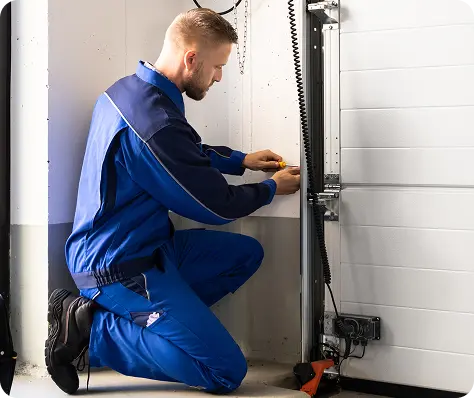
Get Your Free Quote and Schedule Your Garage Repair Today
Find top-rated companies for fast garage repairs and service to make sure your garage door system lasts. Get free quotes from garage door companies in your area.
Tips and Expert Advice for Your Garage
Stay informed with expert advice on garage door maintenance, garage door service, garage door replacement, and upgrades. Explore our blog for guides, troubleshooting tips, and more.


